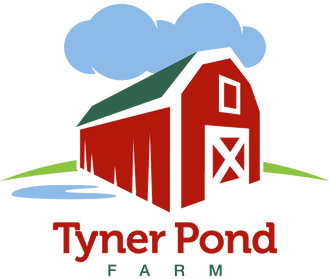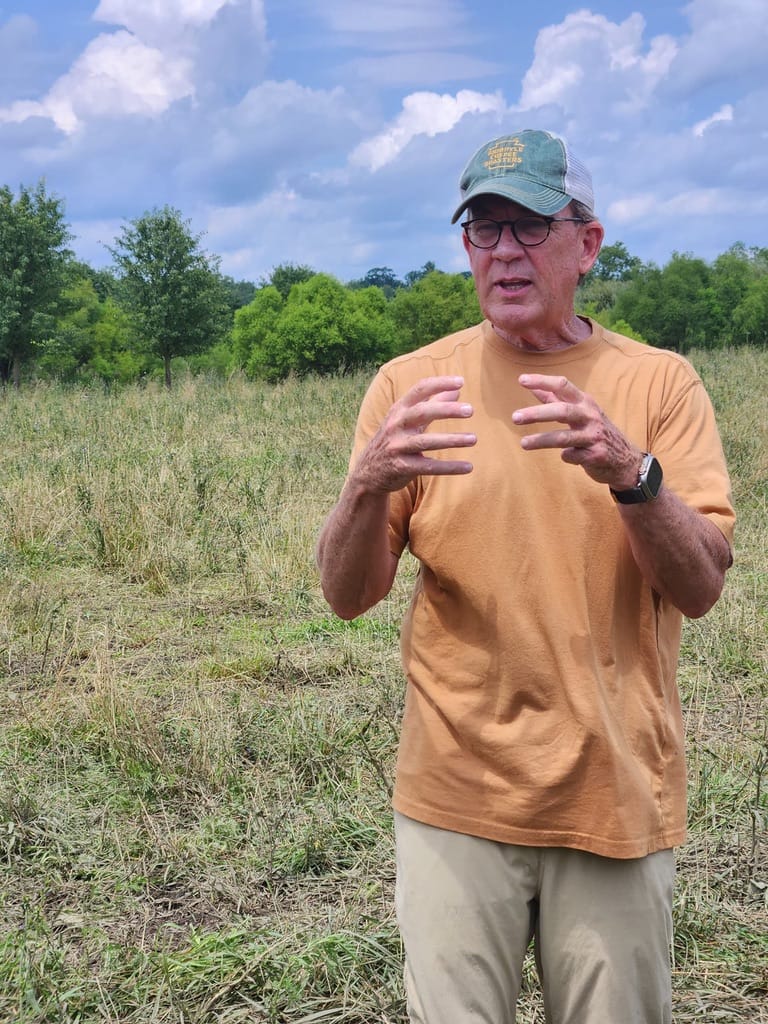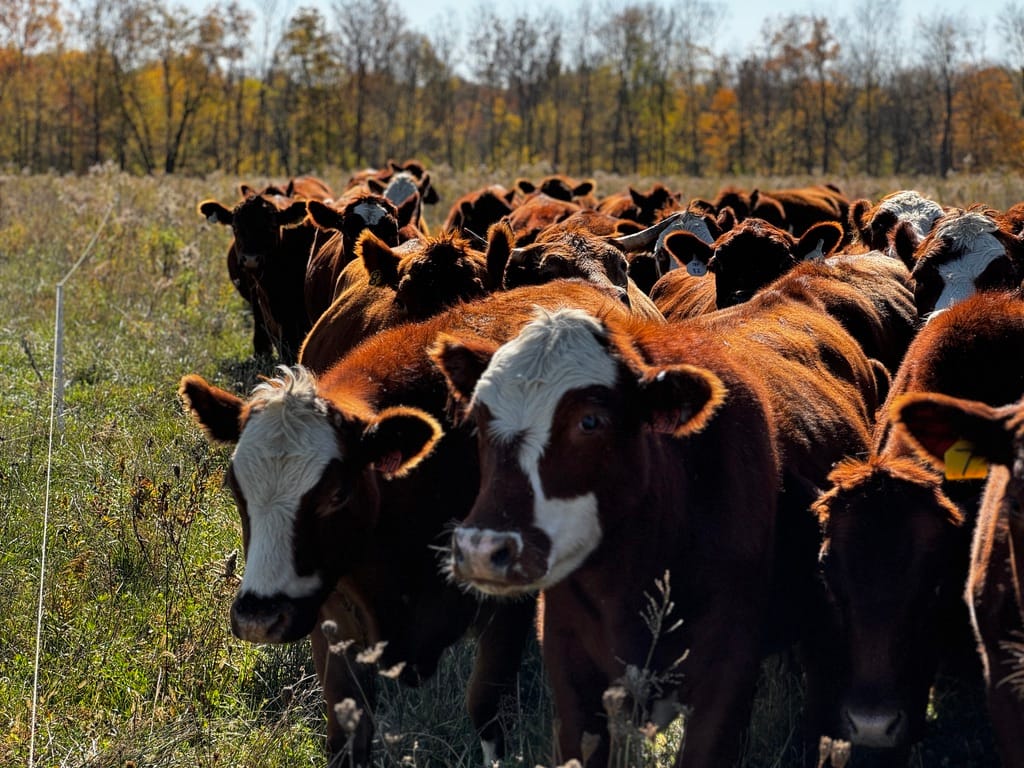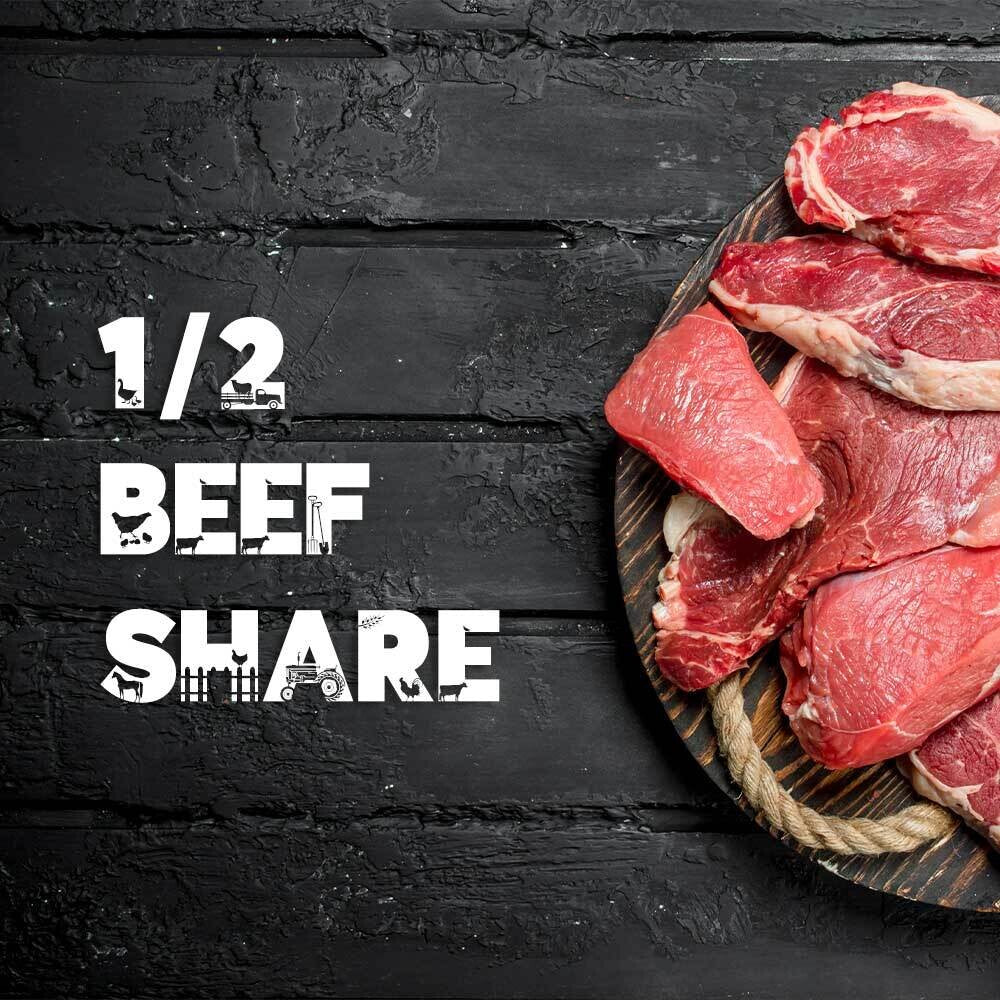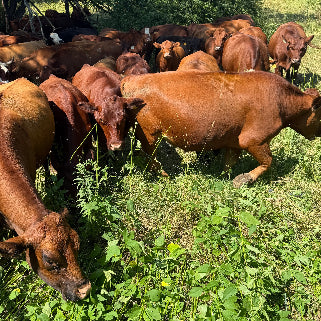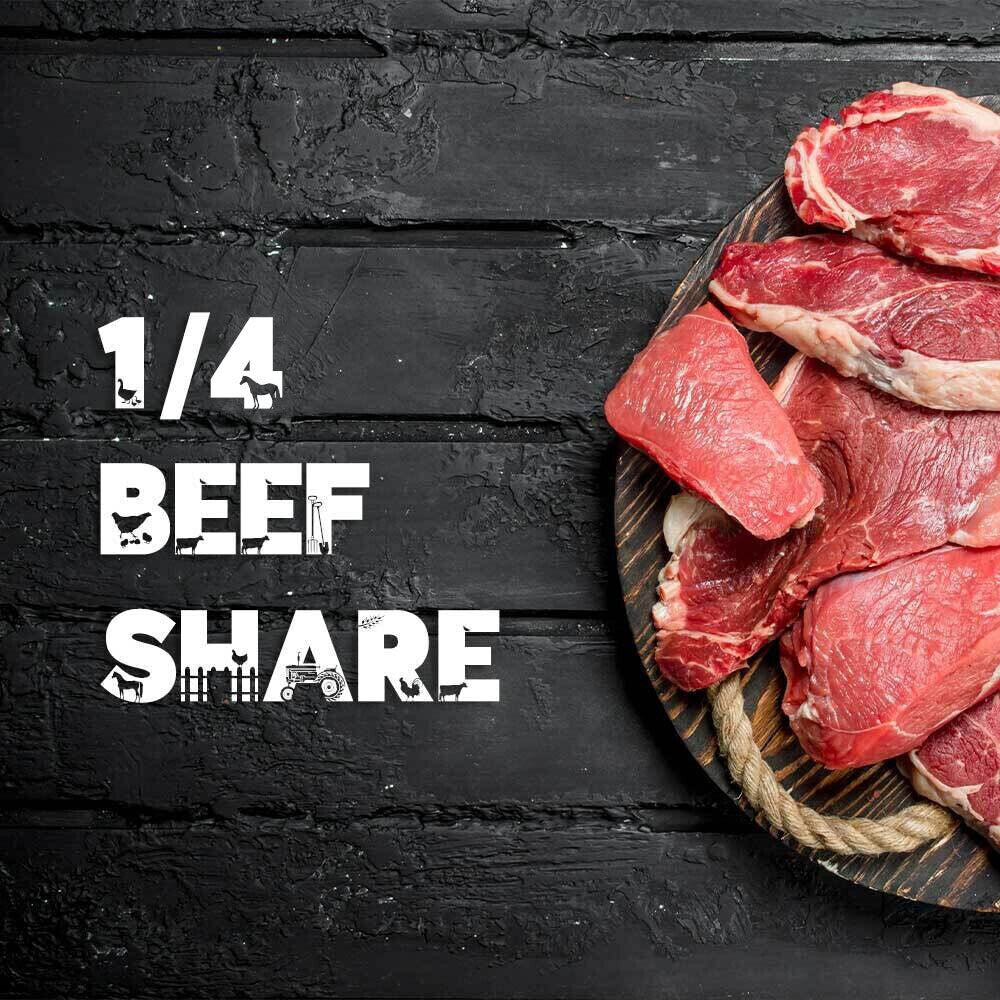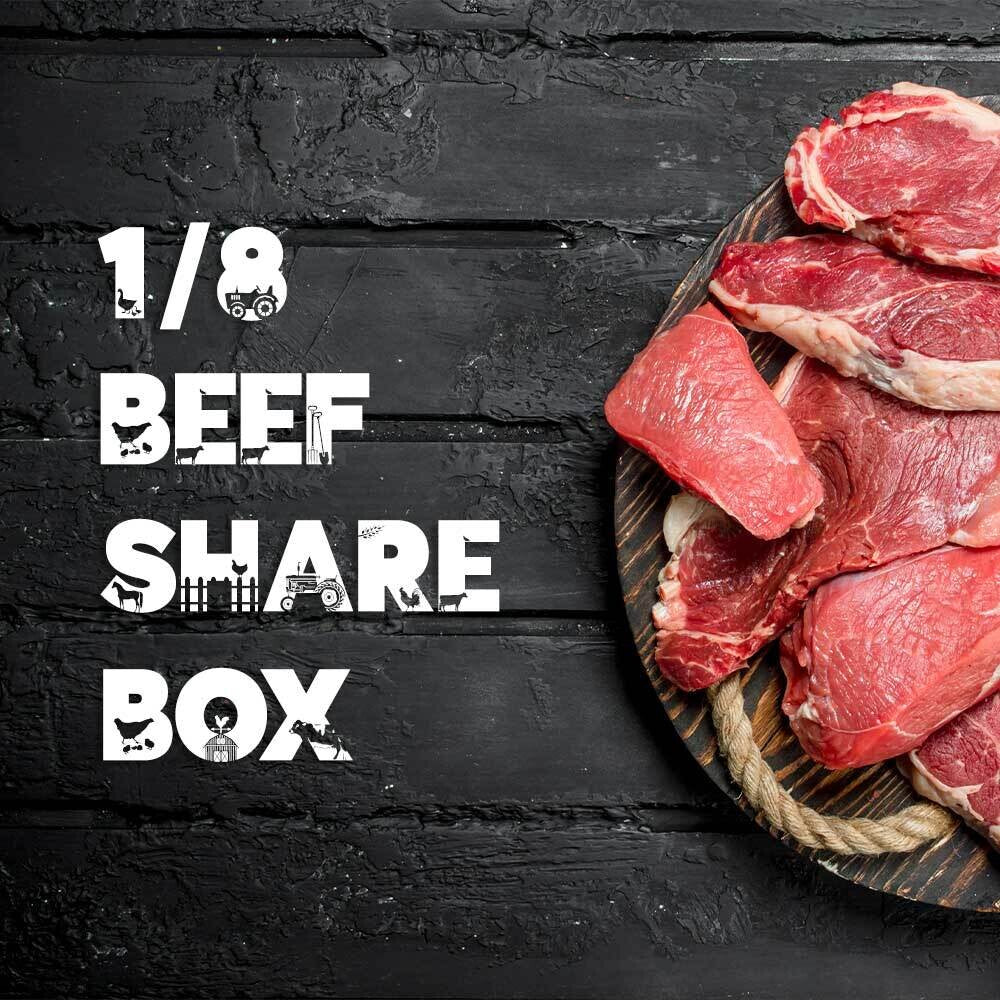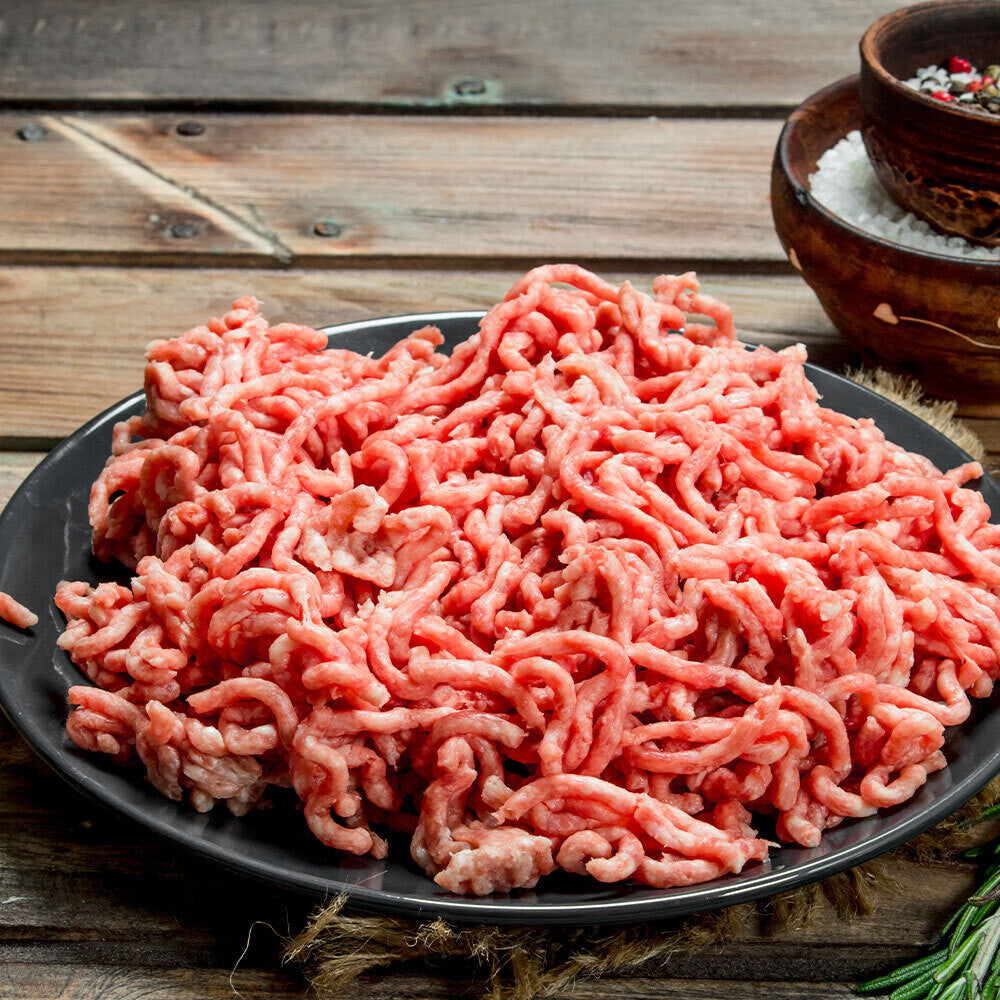
The 5 Principles for Regenerative Grass Fed Beef Management
I wanted to share the progress of our grass. We evaluate the job we’re doing as Regenerative Farmers by evaluating the health of our pastures. Regenerative farming is an agricultural approach we use that aims to restore soil health, increase biodiversity, and improve ecosystems while producing nutritious food.
If you are not familiar, there are the five principles of regenerative farming:
- Minimize soil disturbance: Soil disturbance can disrupt the natural structure of the soil, reducing its ability to retain water and nutrients. Regenerative grazers use techniques such as rotational grazing and avoiding overgrazing to minimize soil disturbance and improve soil health.
- Maximize soil cover: Bare soil is vulnerable to erosion, water loss, and nutrient depletion. Regenerative grazers use grazing techniques that leave sufficient plant cover on the soil, promoting healthy root systems and protecting the soil from the elements.
- Increase biodiversity: Biodiversity is essential for a healthy ecosystem, and regenerative grazers use diverse grazing systems and avoid overgrazing to increase biodiversity and promote the growth of diverse plant species.
- Maintain living roots: Plants with living roots sequester carbon, build soil structure, and support soil microorganisms. Regenerative grazers use rotational grazing systems that allow plants to fully recover before being grazed again, promoting the growth of strong root systems and healthy soil.
- Integrate livestock: Livestock plays the critical role in a regenerative grazing system by providing manure, grazing grasses, and reducing weed pressure. Regenerative grazers use rotational grazing and other techniques to integrate livestock into their grazing systems and promote healthy grass growth.
Previous post
The Power and Perils of Concentration: Examining the Dangers of JBS and the Global Meat Industry
Next post
